Painting an engine properly is neither a quick nor easy task. If you're planning to invest time, effort, and resources into an engine painting project, you want to make sure that the paint will last a long time. So among the popular engine enamel brands like Rust-Oleum and Dupli-Color, which one should you choose? We've done the research for your shopping convenience.
If you're looking for better engine rust protection and a lower price point, then Rust-Oleum is for you. However, if you don't mind a higher price tag in exchange for better color retention and a wider color choice, then Dupli-Color is the better option.
Are you preparing to give your engine a much-needed makeover? Do read on, because we've prepared a lot of tips for you to make your engine paint job a success, along with information to help you make the right choice between Rust-Oleum and Dupli-Color.
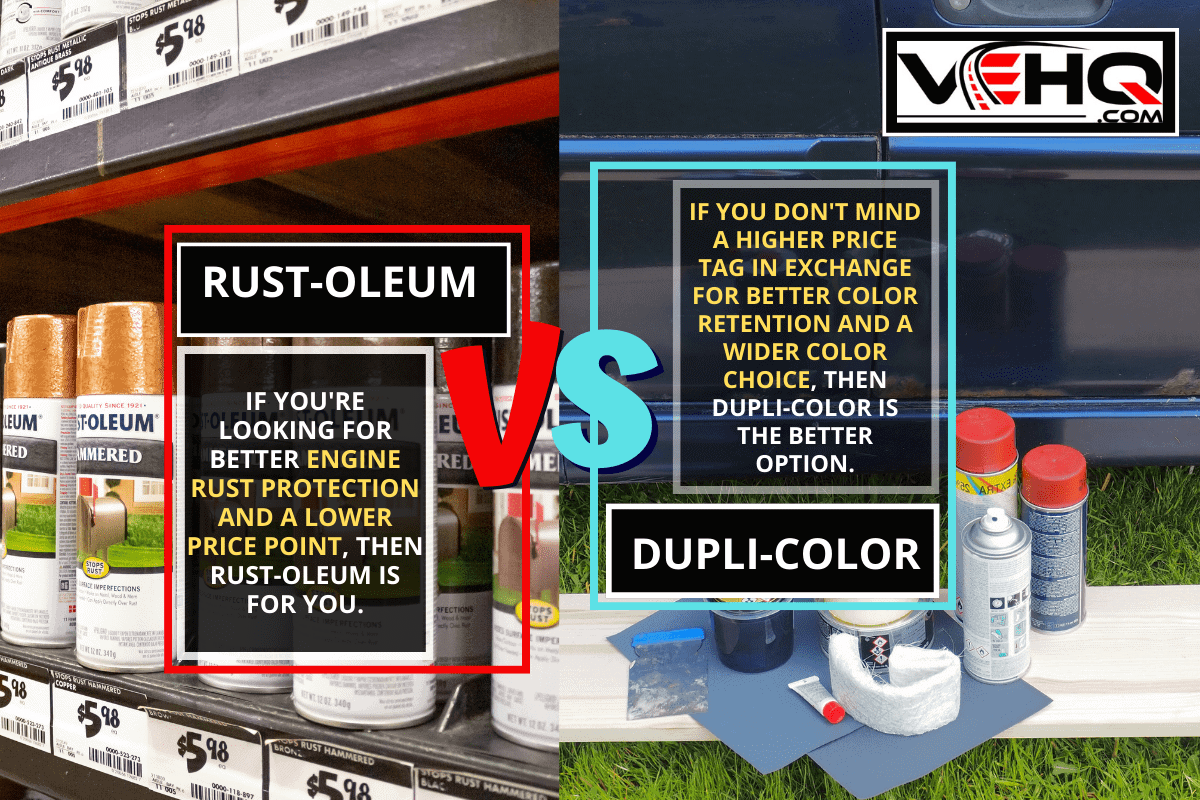
What Is The Best Paint To Paint An Engine With?
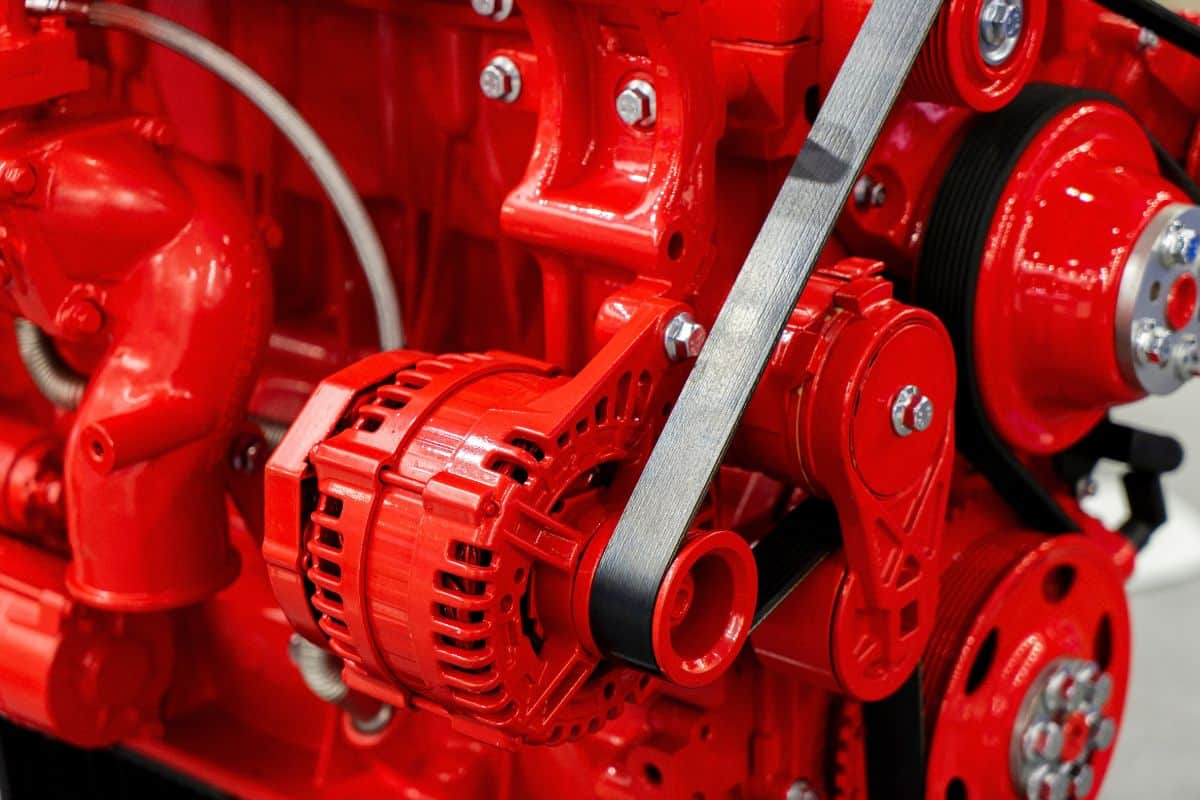
Modern engines have normal operating temperatures ranging from 167 to 221 degrees Fahrenheit. Moreover, the exhaust system, turbocharger, and other components can heat the engine bay up to a scorching 392 degrees Fahrenheit.
With this extreme heat, you can't coat an engine with just any type of metal paint. To illustrate, standard polyurethane paint can only resist temperatures of up to 200 degrees Fahrenheit. Beyond this, the polyurethane paint will degrade or peel off the metal surface.
In contrast, many engine enamel paints have a temperature resistance of approximately 500 degrees Fahrenheit. Some special enamel paints can withstand up to 2,000 degrees Fahrenheit, more than enough to withstand the exhaust pipe's red-hot surface.
There are many engine enamel brands on the market today, and you may be trying to choose one. If your search engine led you to this article, then you have possibly narrowed your choices down to two popular paint brands: Rust-Oleum and Dupli-Color.
Both Rust-Oleum and Dupli-Color have their respective loyal customers who will swear by their favorite brands. Although it is difficult to say which engine enamel brand is better, we can tell you which criteria each brand performs better in.
Rust-Oleum
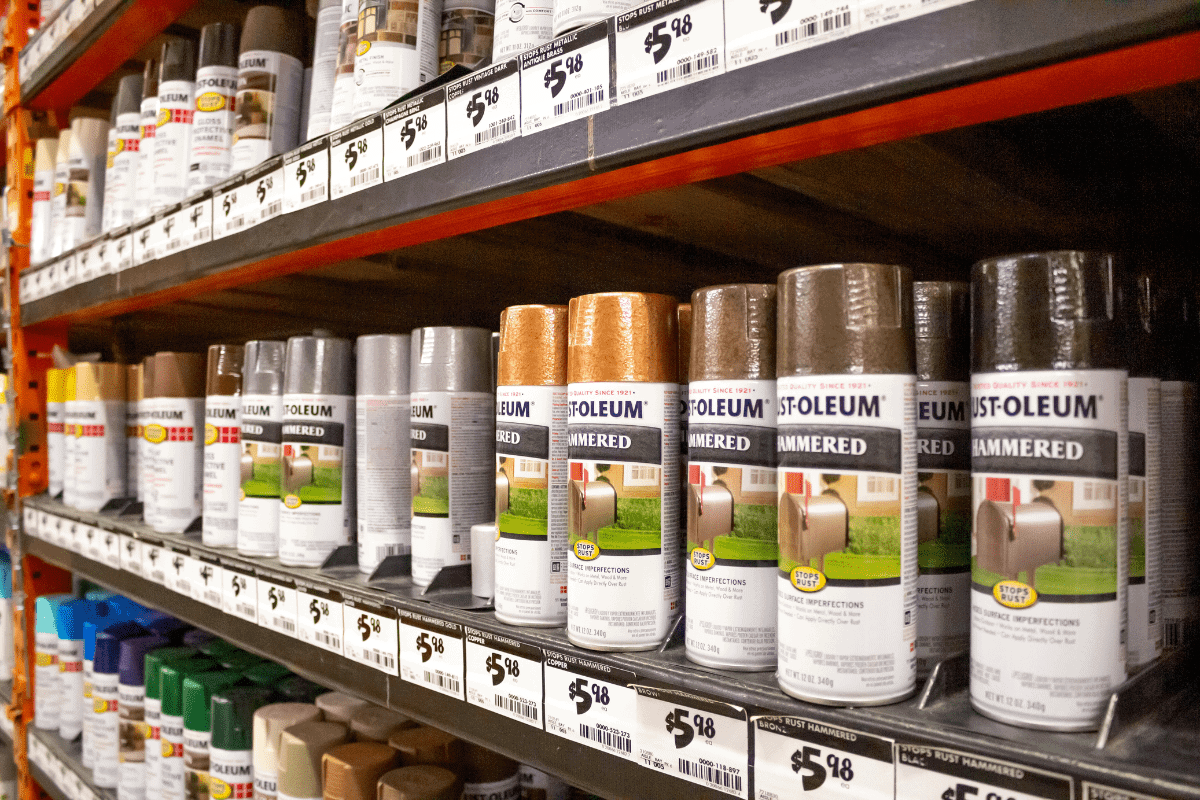
In 2021, the Rust-Oleum company celebrated its 100th year in business. Founded by a sea captain named Robert Fergusson, the company was one of the pioneers of rust-preventive paint. Today, Rust-Oleum has diversified its products and services across many industries.
Under Rust-Oleum's automotive segment, we can find a few "rattle-can" products that are suitable for engine painting requirements.
Engine Primer
- Bonds well to the engine's bare metal
- Specifically designed for engines and other surfaces that get intermittently hot
- With "Stops Rust" formula
- Available in primer gray color
- Resists temperatures of up to 500 degrees F
Engine Enamel
- Contains ceramic resins for smooth, durable, and high-gloss finish
- Resists humidity, gas, oil, grease, salt, and solvents
- With "Stops Rust" formula
- Resists temperatures of up to 500 degrees F
- Available in 11 colors
- Clear
- Cast Coat Aluminum
- Aluminum
- Cast Coat Iron
- Chevy Orange
- Ford Red
- Ford Blue
- Grabber Green
- Black Gloss
- Semi-gloss Black
- Low-gloss Black
Check out Rust-Oleum's spray paint engine enamel on Amazon.
High Heat Primer
- Specifically designed for extreme heat resistance, up to 2,000 degrees Fahrenheit
- Suitable for exhaust manifolds, headers, mufflers, as well as engine blocks
- With "Stops Rust" formula
- Available in Gray color
Check out Rust-Oleum's High Heat Primer on Amazon.
High Heat Enamel
- Suitable for exhaust manifolds, headers, mufflers, as well as engine blocks
- With ceramic resins for high heat resistance and gloss retention
- Resists humidity, gas, oil, grease, salt, and solvents
- With "Stops Rust" formula
- Resists heat up to 2,000 degrees Fahrenheit
- Available in four colors
- Flat Red
- Clear
- Flat Black
- Flat Aluminum
Check out Rust-Oleum's High Heat Enamel spray on Amazon.
Dupli-Color
Although not as seasoned as Rust-Oleum, the Dupli-Color company does not fall short in terms of industry experience. Over 80 years ago, Army colonel Sigmund Edelstone started selling automotive touch-up paint that perfectly matched the cars' original color finish.
Dupli-Color's "Perfect Match" philosophy continues today in all of its paint product segments. As proof of this spirit, even Dupli-Color's specialty engine enamel paint line comes in 36 different choices. This includes one primer product, a clear coat, and 34 different colors.
Like many other engine paints, Dupli-Color's engine enamels also contain ceramic resins for high-temperature resistance and excellent color and gloss retention. These products can withstand intermittent engine temperatures of up to 500 degrees Fahrenheit.
Check out Dupli-Color's wide color selection of engine enamels on Amazon.
Dupli-Color engine enamels come in the following colors:
- Ford Blue
- Ford Red
- Chevrolet Orange-Red
- Ford Dark Blue
- General Motors Blue
- Chevrolet Blue
- Pontiac Blue
- Pontiac Blue Metallic
- New Ford Gray
- Ford Green
- Detroit Diesel Alpine Green
- Chrysler Green
- Chevrolet Orange
- Old Ford Blue
- Chrysler Orange
- Chysler Corp. Blue
- Chrysler Industrial Red
- Cummins Beige
- Dakota Yellow
- Chrysler Hemi Orange
- Universal White
- Universal Gold
- Gloss Black
- Aluminum
- Low Gloss Black
- Semi-Gloss Black
- Plum Purple
- Grabber Green (Lime)
- Torque N Teal
- Racing Green (Hunter)
- Cast Coat Aluminum
- Cast Coat Iron
- Red
- Flat Black
Check out Dupli-Color's promotional video on how to paint an engine.
Our Verdict
Based on product specifications as well as customer reviews, both Rust-Oleum and Dupli-Color engine enamels have their own distinct advantages. Quite understandably, these engine enamels were designed based on their respective brands' core competencies.
If you're looking at more practical considerations such as lower price and better rust protection, then you may want to get Rust-Oleum's engine enamel paints.
However, if your painting project is more for aesthetic purposes like color matching and better color retention, then you may go the other way. Dupli-Color offers a deeper product line for your color needs.
Is Rust-Oleum Compatible With Dupli-Color?
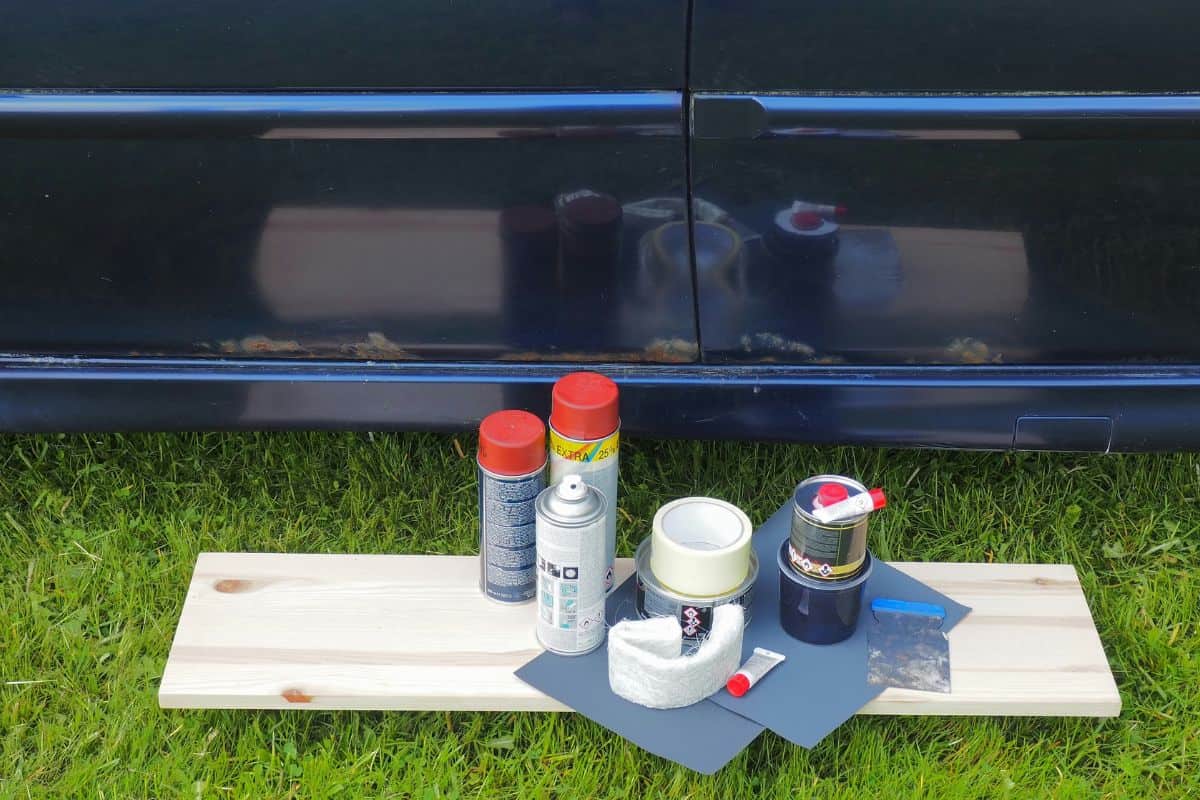
Both brands will advise you that you can achieve the best results if you use the same brand of primer, color coat, and clear coat. However, if Rust-Oleum is better at rust protection, and Dupli-Color has a better range of color finishes, then what is stopping you from getting your engine the best of both worlds?
Short answer? Nothing. As long as they are both engine enamel paints and you observe the proper procedures, you should be fine.
As proof of this compatibility, Dupli-Color's FAQ page specifically states that their enamels can be sprayed over any painted surface. Of course, that surface needs to be properly cleaned, sanded, and prepared for coating.
For instance, you might want to try using Rust-Oleum's primer on the engine's bare metal surface. After a sufficient drying time within the re-coating window, you can use your choice of Dupli-Color engine enamel to achieve an engine color that matches or complements your car's body color.
How Do You Paint An Engine At Home?
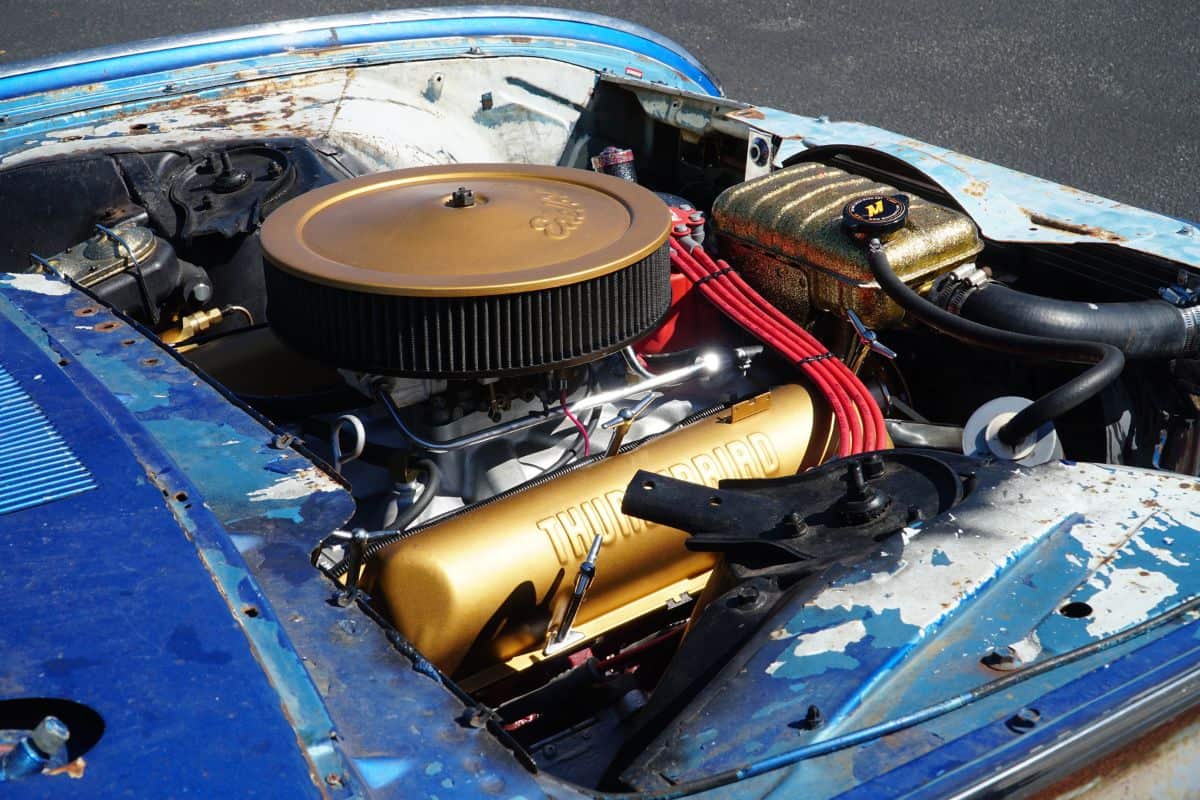
Painting your engine on your own is quite a challenging DIY task, but it can save you a lot of money. For a successful engine paint job, you need to accomplish three important steps properly.
- Surface Preparation
- Coating
- Drying and curing
Surface Preparation
Surface preparation is a meticulous and time-consuming process, possibly even more than the actual paint application. We strongly advise that you adhere to these preparation steps properly before applying any paint product on your engine surface.
- Cleaning and degreasing - Remove all the dirt, grease, and any other foreign contaminants from your engine's surface. You may apply a degreaser solution and agitate the surface with brushes and abrasives. Additionally, you may build your own hot tank to dip your engine parts in.
- Rust removal and repair: Use sandpaper, wire brushes, or a power sander to remove any rust. If there is any minor damage to the metal's surface, you may also want to get it repaired professionally.
- Paint stripping: A paint stripper solution can make old paint removal quicker and easier. If your current paint is still in excellent condition, then you can sand the old paint's surface for better primer adhesion.
- Cleaning and drying: Wipe the engine surface with acetone or use an air compressor for faster drying. Some professionals use industrial ovens or gas torches for the best results.
Surface Etching
Some engine primers contain etching compounds. However, especially for smooth engine surfaces, you should use 320 to 400-grit abrasives to achieve the best primer bond on the engine surface.
Masking
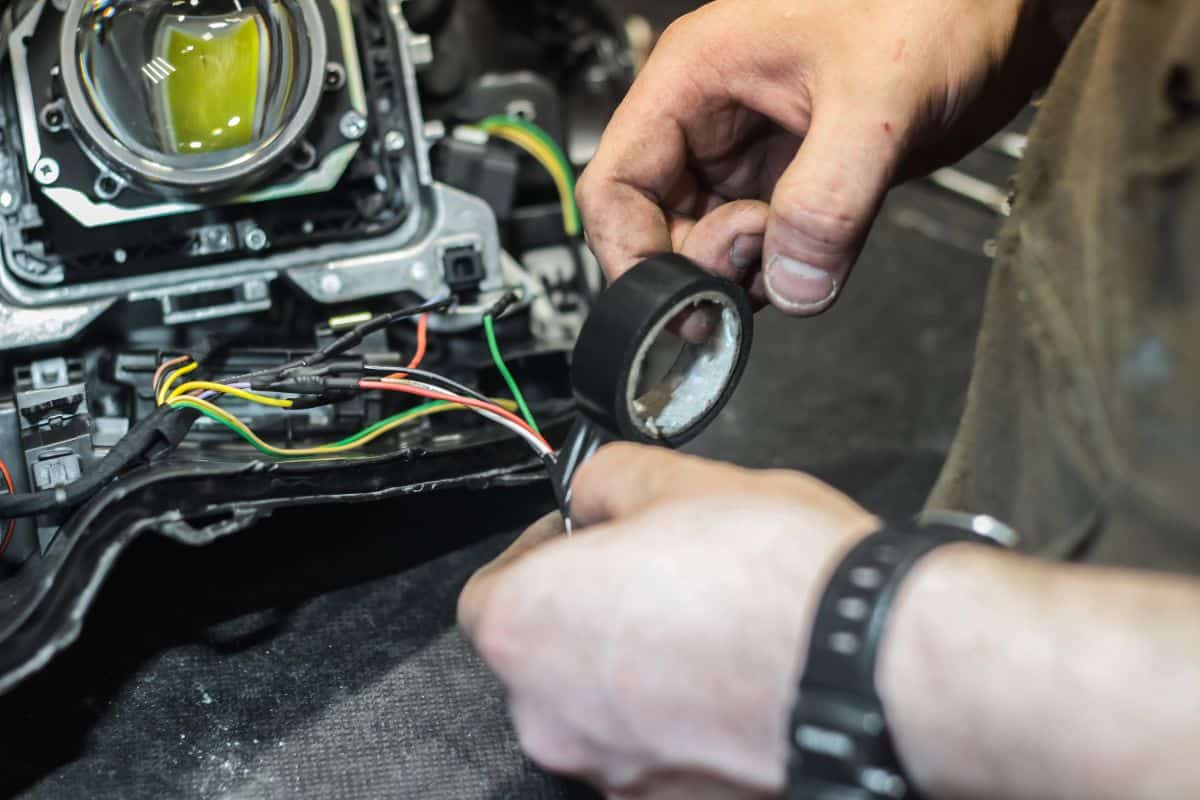
Use tape, aluminum foil, or other masking products to cover the engine's cylinder bores, threaded holes, and any other engine part that should remain paint-free. Be very thorough in masking so that your paint job will not ruin your engine's normal operation afterwards.
Primer
Use two to three coats of high temperature-resistant enamel primer as soon as you finish all previous preparation steps. All the abrasive tools and chemicals that you used earlier would have removed all of your engine's surface protection.
Can I Paint My Engine Block?
Many automotive experts claim that proper engine painting should be done with the engine out of the car. This makes sense especially when you have to paint even the engine's lower parts. Additionally, you can keep the paint away from other areas in the engine bay.
Can I Paint Engine Parts?
Most car owners do not have the equipment and know-how to take the engine out of their cars. However, they can still paint several engine parts that can still make a difference in the engine bay's overall appearance.
Wrapping Up
If you want to get the best rust protection for your engine and save a few bucks along the way, then you should choose Rust-Oleum. However, if you want a broader selection of colors with excellent color retention, then you should go for Dupli-Color.
Thank you very much for reading. We hope we were able to help you make a well-informed choice for your engine's fresh coat of paint.
For more interesting reads about car detailing and other automotive topics, you may also check out these great articles below.
Buffing Vs Polishing A Car: What’s The Difference?




